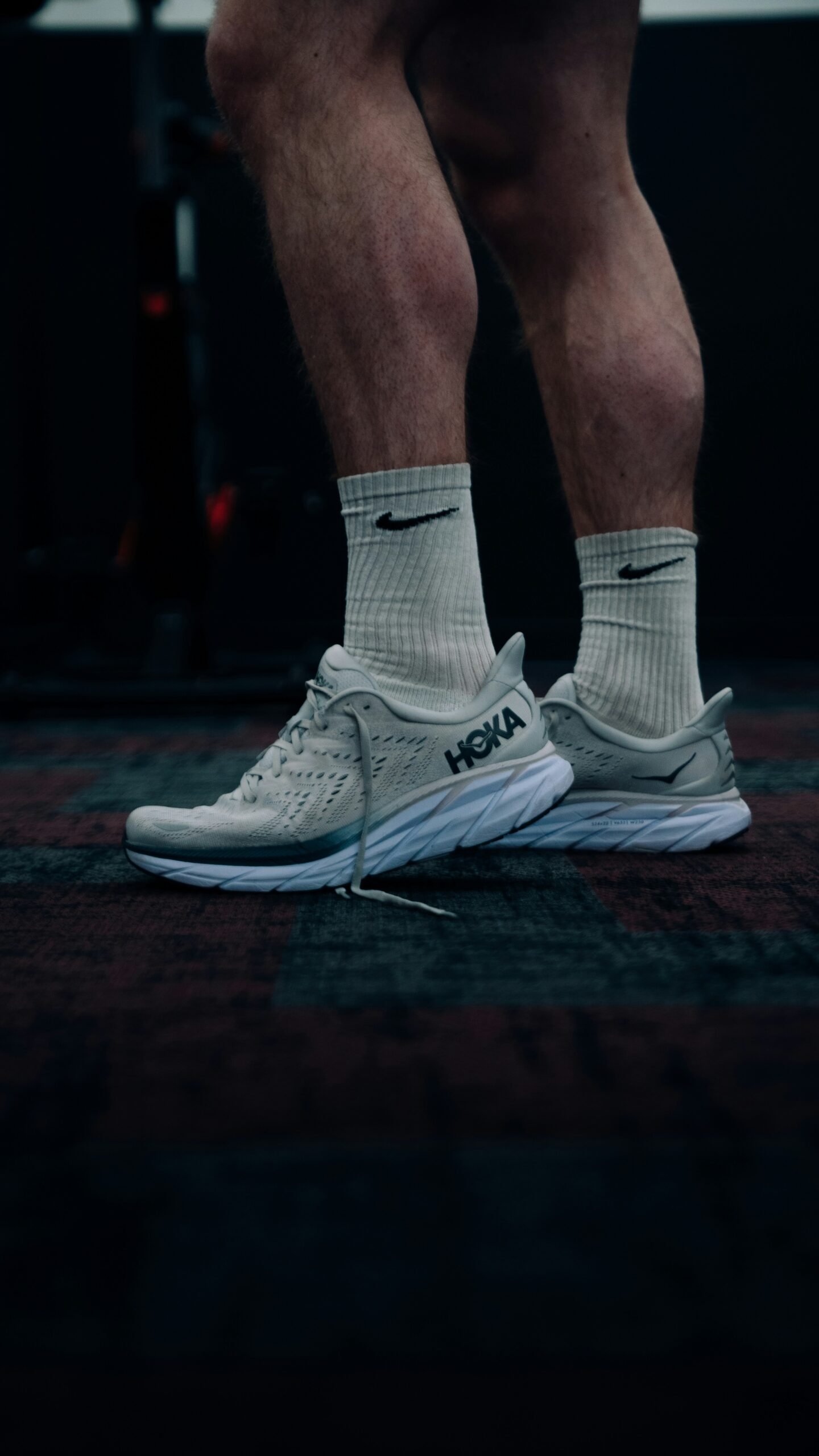The Rise of Hoka Running Shoes
Hoka running shoes have swiftly risen to prominence in the athletic footwear market, carving out a niche with their distinctive design and innovative features. Originating in 2009, Hoka One One was founded by French trail runners Nicolas Mermoud and Jean-Luc Diard. Their vision was to create a shoe that offered maximum cushioning and support to enhance running performance, an idea that quickly resonated with athletes worldwide.
One of the standout features of Hoka running shoes is their oversized midsole, which provides exceptional cushioning without compromising on weight. This design element, combined with a meta-rocker sole, promotes a smooth and efficient stride. These attributes have made Hoka a favorite among both casual runners and elite athletes, who appreciate the balance of comfort and performance.
Hoka’s growth trajectory has been remarkable. According to industry reports, the brand saw a 62% increase in sales in 2021 alone, solidifying its position as a formidable competitor in the running shoe market. This surge can be attributed to several factors, including strategic endorsements from high-profile athletes and the expansion of its product line to cater to various running needs. From trail running to road racing, Hoka has developed a diverse range of shoes that appeal to a broad audience.
Customer testimonials and reviews further underscore Hoka’s reputation for quality and comfort. Many runners have reported reduced fatigue and improved performance, attributing these benefits to the shoes’ unique construction. Hoka’s commitment to innovation and understanding of runners’ needs has earned it a loyal following, reflected in the brand’s growing market share.
Market data highlights Hoka’s ascent, with the brand capturing a significant portion of the athletic shoe industry. As of recent statistics, Hoka holds a 5% market share, a notable achievement for a relatively young company in a highly competitive market. This success is a testament to Hoka’s ability to meet the evolving demands of runners through continuous innovation and dedication to quality.
Nike’s Market Dominance and Potential Threats
Nike has long held a dominant position in the athletic shoe market, a status achieved through relentless innovation, a wide-ranging product portfolio, and effective marketing strategies. The company’s pioneering technologies, such as Air Max cushioning and Flyknit construction, have set industry standards and attracted a loyal consumer base. Nike’s brand is synonymous with performance, style, and quality, reinforced by strategic partnerships with top athletes and sports teams globally. These elements have collectively fortified Nike’s leadership and facilitated consistent market growth.
However, the landscape is evolving, and new competitors are emerging, posing potential threats to Nike’s supremacy. Hoka, a brand known for its maximalist running shoes, is one such competitor making significant strides. Hoka’s success can be attributed to its unique product design, which emphasizes cushioning and comfort, appealing to a growing demographic of runners and athletes seeking enhanced performance and injury prevention. As a result, Hoka has seen a surge in market share, signaling a shift in consumer preferences.
Jim Cramer, a well-known market analyst, has highlighted the rise of Hoka as a notable development. He suggests that Nike should be vigilant, recognizing that even dominant players are not immune to disruption. Hoka’s growth could potentially erode Nike’s market share, especially if the brand continues to resonate with a broad spectrum of consumers. This scenario underscores the importance of agility and responsiveness in maintaining market leadership.
In response to this rising competition, Nike could employ several strategic measures. Continued innovation remains paramount, ensuring that Nike’s products stay at the cutting edge of performance and technology. Partnerships with emerging influencers and athletes could also help diversify the brand’s appeal. Additionally, a shift in marketing focus to highlight new technologies and product benefits may reinforce Nike’s position in the market. Expert opinions suggest that a proactive approach, combined with a keen understanding of market trends, will be crucial for Nike to navigate this competitive landscape successfully.


































